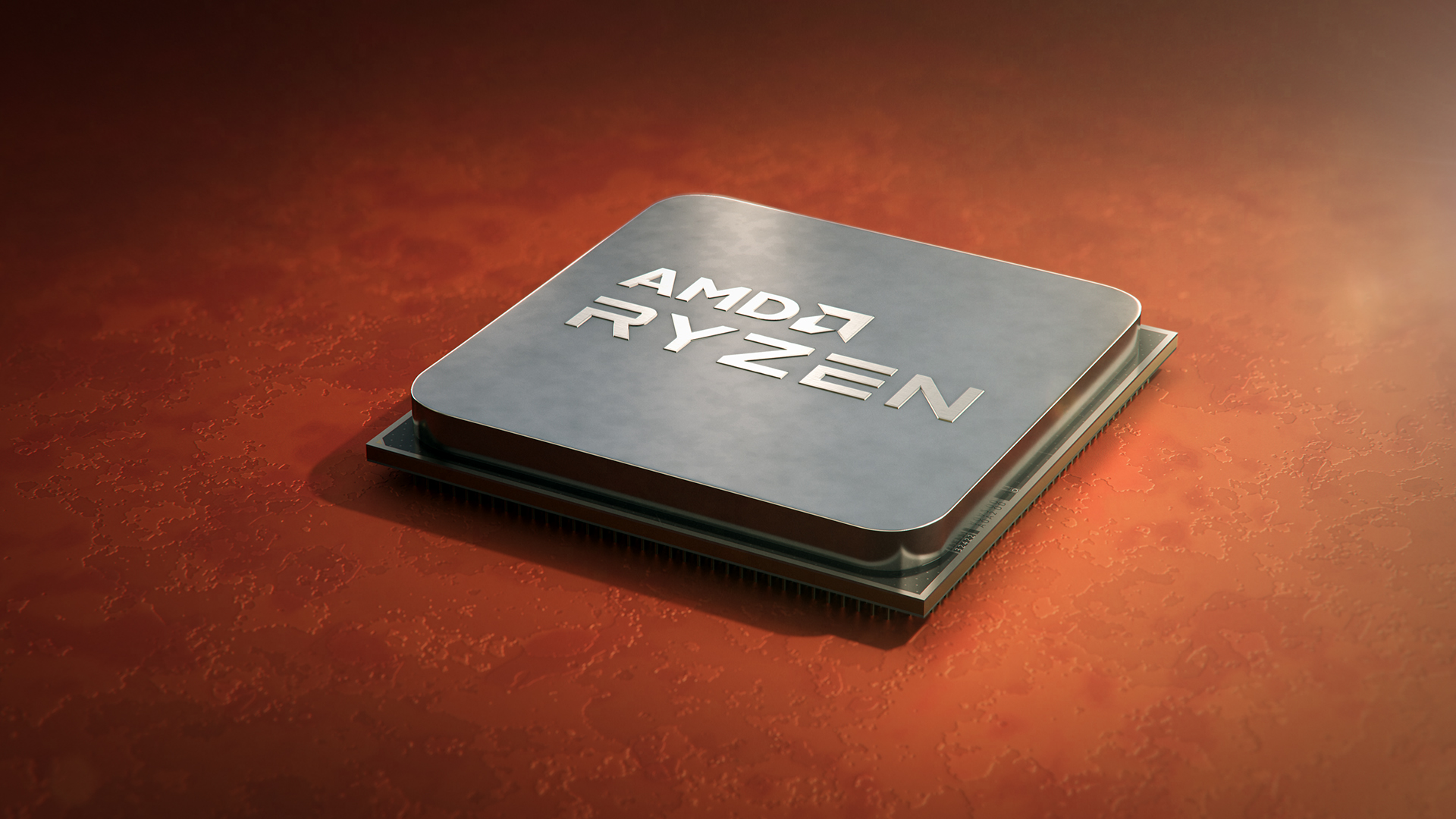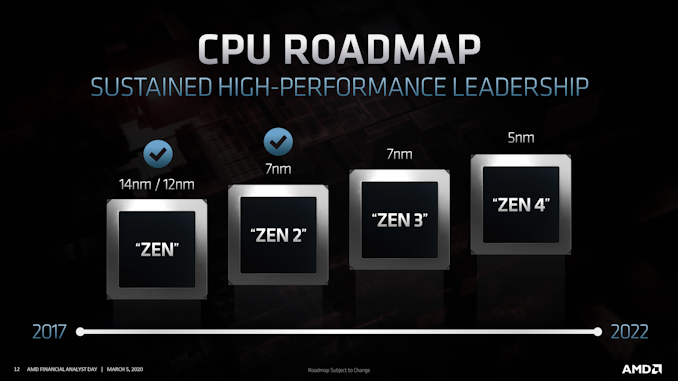These leaked AMD Zen 4 server specs have us salivating for Ryzen 6000
Zen 4 looks to be as much the upgrade as Zen 3, and then some.

Claimed specifications for AMD's upcoming EPYC server processors, codename Genoa, have been published. They show these truly next-gen chips sporting heaps of new technologies, including DDR5 memory and PCIe 5.0 lanes, and all of which has us practically salivating at what may be planned for Ryzen 6000 and the future of our gaming PCs.
The news comes from Twitter leaker ExecutableFix, who has a pretty good track record when it comes to AMD information.
Saying that, don't take them as gospel just yet. Even if they are quite exciting.
It's looking like the next AMD server chip will come with up to 96 cores, for 192 threads in total with simultaneous multithreading; DDR5-5200, with up to 12 channels; 128 PCIe 5.0 lanes; a 320W TDP, which can increase to 400W per chip with cTDP options; and the SP5 socket, which comes with a whopping 6,096 pins in a land grid array configuration.
Jam your digits into this socket and you'll be straightening bent pins for days.
That's all built using the yet unannounced and still top secret Zen 4 CPU architecture, which is sure to be one and the same with what's destined on desktop with future generations of AMD Ryzen CPUs.
The benefits of DDR5 are set to be more immediately beneficial to gamers than, say, PCIe 5.0 capabilities. We've hardly a device that maxes out the PCIe 4.0 standard introduced with the Zen 2 architecture so far, and only SSDs currently make the cut.
Keep up to date with the most important stories and the best deals, as picked by the PC Gamer team.
96-cores (192 threads)12-channel DDR5-5200128 PCIe 5.0 lanes (160 for 2P)320W TDP (cTDP 400W) 🔥SP5 (LGA-6096) socketGenoa everyone 😍February 28, 2021
Yet DDR5 is sure to impress out of the gate. It's mouth-wateringly fast as standard, runs at a lower voltage, will likely offer greater overclocking capability, and has ECC (Error Correcting Code) baked into the die. That last one should see the reliability feature make its way into more machines than it's currently very limited rollout today.
DDR5 memory kits are already in the final stages before being released to market ahead of Intel's Alder Lake CPU launch later this year, which will support the next-gen memory standard.
And Genoa's core counts could give way to something more on desktop, although perhaps not without a change in socket pin configuration.
Genoa appears to be shifting from the SP3 socket in use for EPYC chips today to the SP5 socket, which comes with nearly 50% more pins at 6,096 to 4,096.

According to ExecutableFix, Zen 4 will maintain an eight-core per chiplet design, the same as Zen 3, and so more chiplets will be required to reach higher core counts.
On the server side, that 96-core count will be achieved with 12 chiplets, as opposed to the max of eight with Milan. By that making, if AMD wants to squeeze any more onto the desktop processors, it'll need to add more chiplets. That's somewhat possible thanks to a shift to TSMC's 5nm processor node, which is said to increase logic density by a significant margin (more logic per mm), but with any significant overhaul in chipset or layout, there's likely warrant to remix pin counts and perhaps package size too.

Best CPU for gaming: the top chips from Intel and AMD
Best graphics card: your perfect pixel-pusher awaits
Best SSD for gaming: get into the game ahead of the rest
AMD has said that AM4 is nearing its expiration date, after five years in the field, and so it could be that an overhaul is on the way. Intel is looking to shake up its processor footprint with its hybrid Alder Lake chips, which perhaps is even more reason for a new approach from the red team.
We're still mostly in the dark about the next-generation of AMD Ryzen processors, though; what we'd assume will bear the AMD Ryzen 6000 name. From AMD's own roadmaps we know that it intends to release the Zen 4 architecture on the 5nm process node with EPYC Genoa chips ahead of 2022.
AMD's current roadmaps were announced prior to the coronavirus pandemic, however, which could mean they're subject to change.
When we can expect Zen 4 within AMD's desktop Ryzen chips depends on a few factors, but supply and demand is a vital consideration right now. The existing Ryzen 5000-series has had something of a slowed launch due to supply issues. Will it have enjoyed enough time in the sun by the time Zen 4 rolls around?
The 5nm process is also said to be in high demand, which might not leave AMD with much wiggle room for multiple major product launches later in the year.
Plenty to consider ahead of time then, and plenty more to learn about the next generation. At least it looks like Zen 4 will be an exciting release when it finally rolls around on desktop, and that's without much information at all on the upgrades to the architecture itself.

Jacob earned his first byline writing for his own tech blog. From there, he graduated to professionally breaking things as hardware writer at PCGamesN, and would go on to run the team as hardware editor. He joined PC Gamer's top staff as senior hardware editor before becoming managing editor of the hardware team, and you'll now find him reporting on the latest developments in the technology and gaming industries and testing the newest PC components.

